Rasmus Nilausen | Idiolect, Not to be confused with Eye Dialect
Look it up
“Idiolect is a sort of variety of language unique to an individual.
Every user of any given language will possess several distinctive habits. This will include a specific use of vocabulary, grammar, pronunciation and gestures. One might even refer to this as the notion of style.
This will be true for every language, I guess. But the ramble becomes infinite when several languages are involved, chewed-up, amputated and spat out.
In conversation I usually think with my tongue. But I feel like my mother tongue started to fade away a few years ago, only to morph into several new entities. Not entirely sure how they all fit in my mouth.
When I write things down I will depend on my hands. They are slower than my train of thought, more trustworthy. On the other hand, thoughts are a bit like a blow that will turn the wings on the windmill: From Copenhagen through Maastricht to La Mancha. Even though the wind is invisible, it remains just as tangible as any feeling.
Eye Dialect is a stylistic and direct writing tool, but I much prefer what it sounds like to what it really is. Perception is immediate. So is intuition. Yet someone who has made paintings for years will look at them differently than someone who is orphan of this hands-on experience. Not that this is important to me.
The act of painting sits with me somewhere between speech and writing. Maybe that is why it is becoming my favourite way to deal with words.
It is slower, but faster.
The paintings are thin and will reveal their own construction through deliberate faux-honesty. Transparency is what it looks like, but there is no preconceived idea of what I want to look at. It will appear. It will be. And it will be dealt with somehow. The work must be a painting before it can be an image in that sense. Before the meal there is the recipe, even if it is barely a trace. This involves a list of instructions, ingredients, with chapters and theory. The Italians set the canon somehow and painting became what it was for ages: The standard variety.
Repetition is not necessarily reproduction. It is an act of quotation.
Again.”

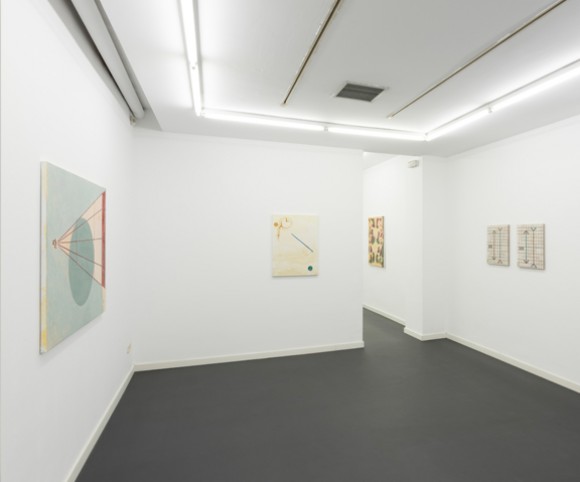
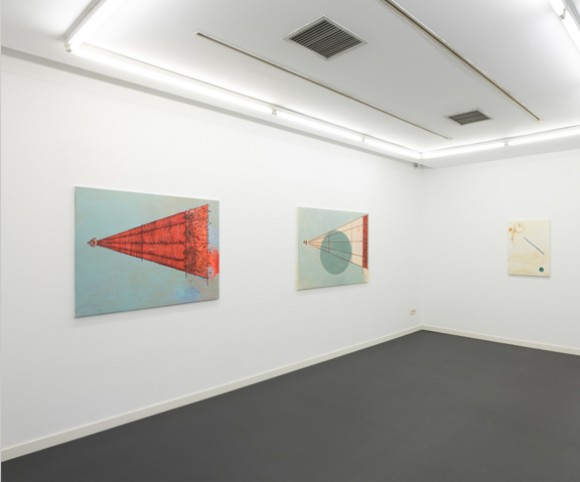
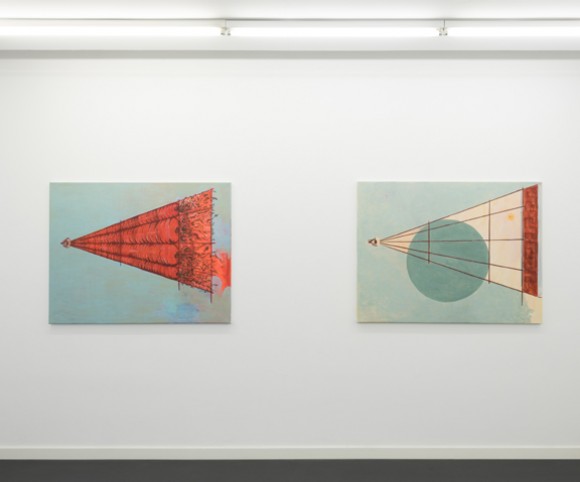
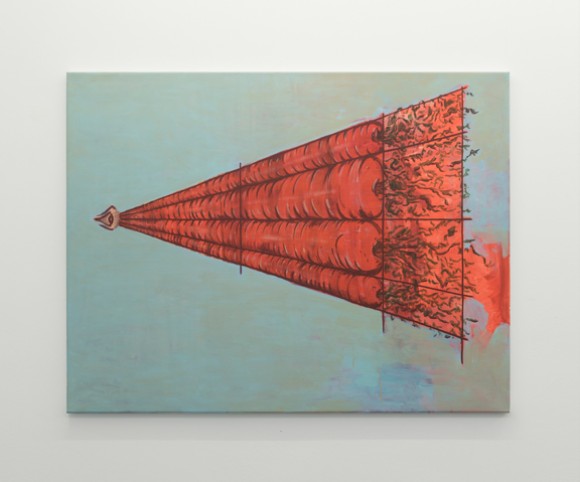
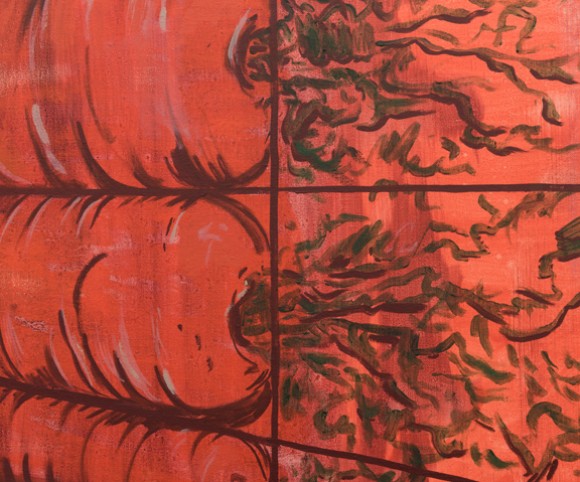
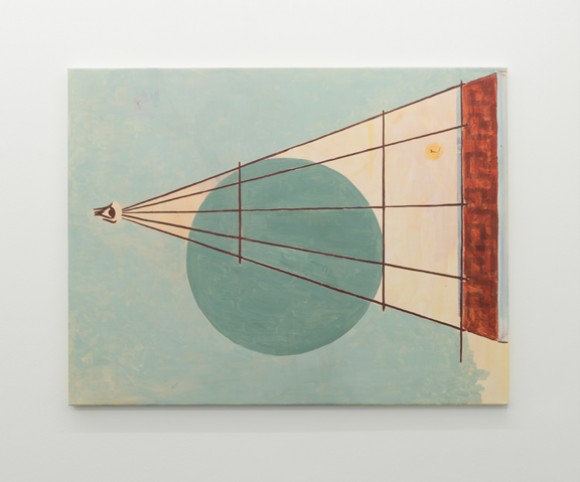
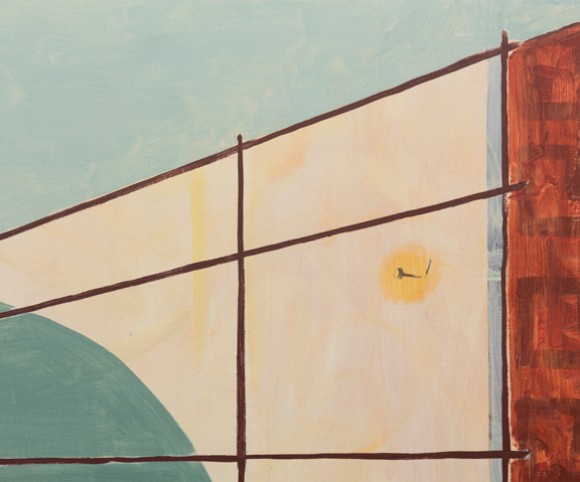
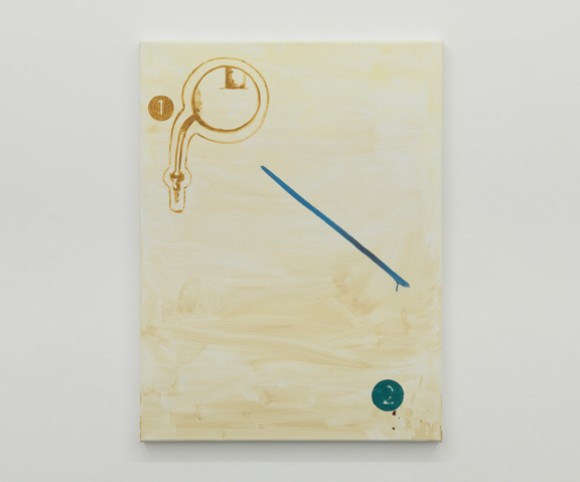
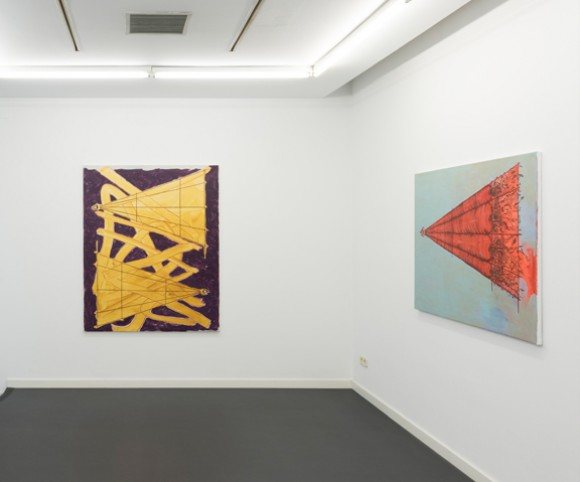
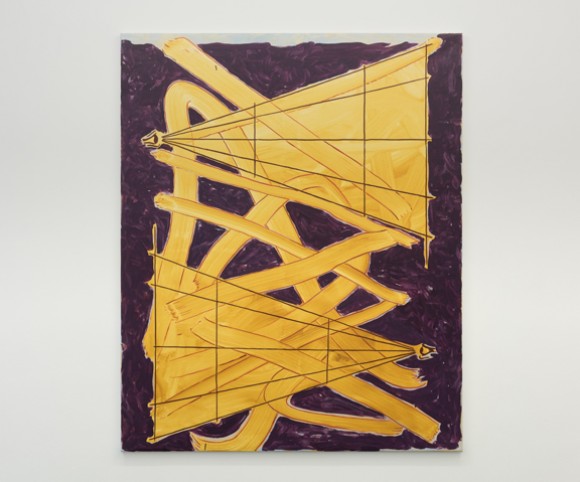
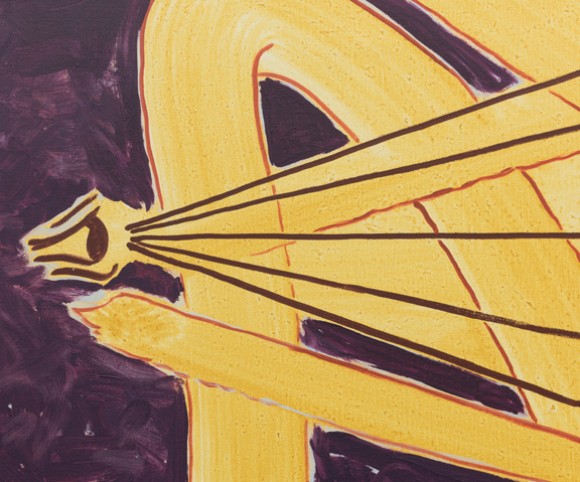
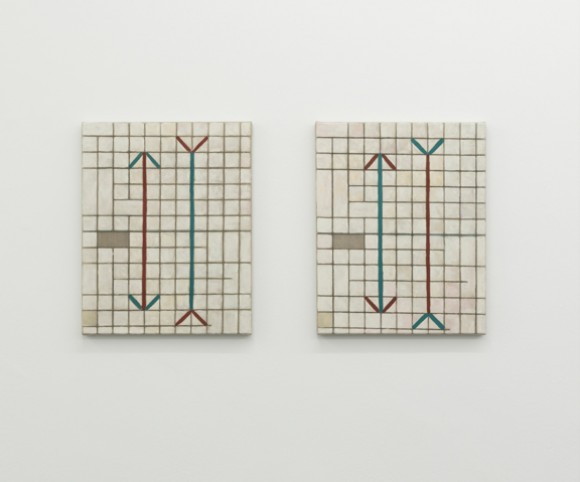
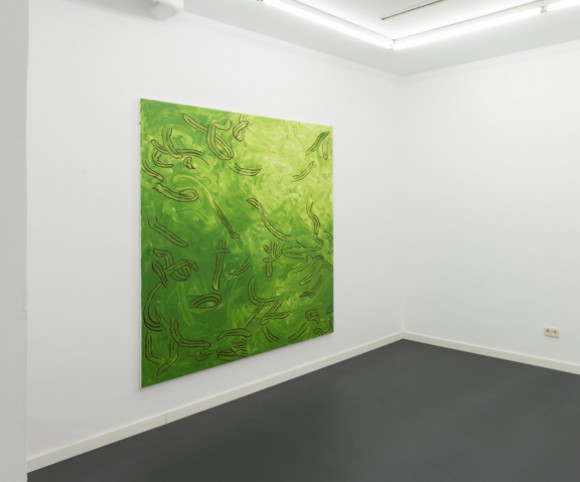
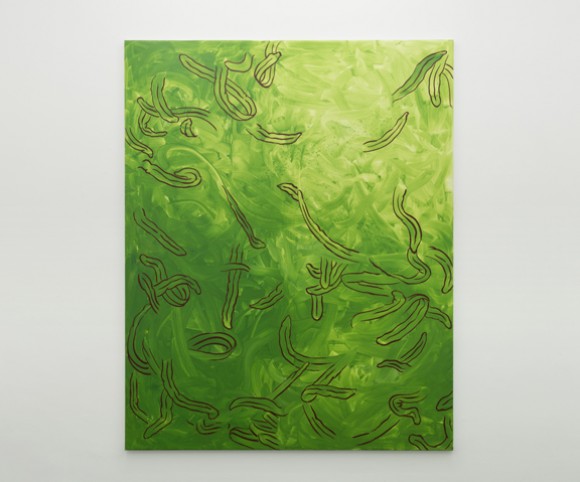
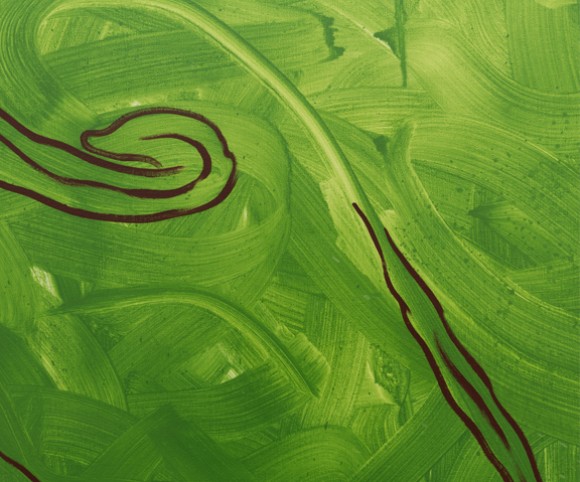
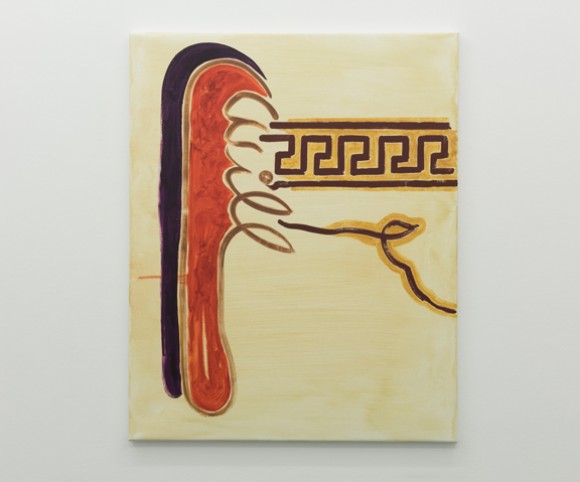

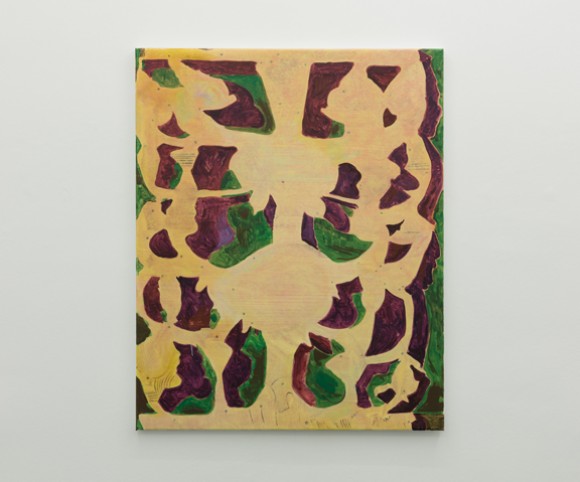
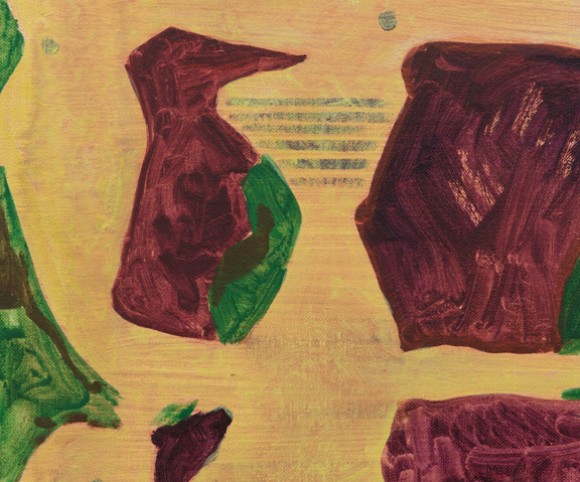
 sending...
sending...